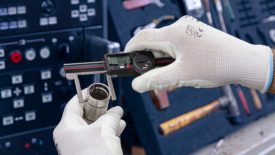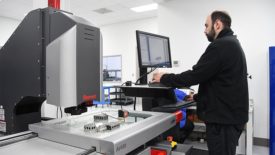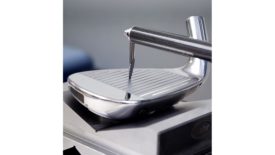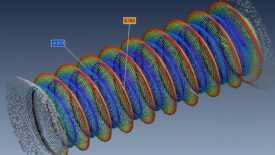Measurement
Software
While AI cannot entirely replace human expertise in developing calibration procedures, it can certainly enhance and streamline the process.
Read More
Face of Quality | Jim L. Smith
Part 2: Delivering the Best
We need to establish clarity about what is expected.
September 27, 2023
Quality 101
Is it a Digital Caliper – or a Swiss Army Knife?
Even a digital caliper — which takes most of the guesswork out of reading the measured value — still requires skill to correctly apply it to the measured dimension.
September 19, 2023
Measurement
Advances in Automation and Robotics Make CMMs More Efficient, Accurate
September 17, 2023
Management
The journey of revising ISO 10012 20??
There is no mandate to certify to the standard to use it.
September 13, 2023
Case Study
Vision for the Win … Noncontact Measurement Tops Traditional CMM
A NASCAR engine typically has 857 components, so some are bound to have geometries that are problematic to measure and inspect.
August 30, 2023
Measurement
The Multifaceted World of Surface Measurement
Whether measuring surfaces for household products or surgical implants, surface finish measurement is necessary to optimize key product attributes, ensure safety, and comply with regulatory standards.
August 22, 2023
Quality 101
Styli and Probe Extensions: Small Accessories Have A Big Impact On CMM Accuracy
Don't sacrifice quality by using the wrong styli and probe extensions.
August 22, 2023
Quality 101
The Importance of Calibration
Calibration is essential from both a technical and business perspective.
August 16, 2023
More than Laser Gages - Available Today
The added twist in recent years has been the use of a chromatic or "color" focus effect where different colors of light focus at different distances.
August 2, 2023
Stay in the know with Quality’s comprehensive coverage of
the manufacturing and metrology industries.
eNewsletter | Website | eMagazine
JOIN TODAY!Copyright ©2025. All Rights Reserved BNP Media.
Design, CMS, Hosting & Web Development :: ePublishing














